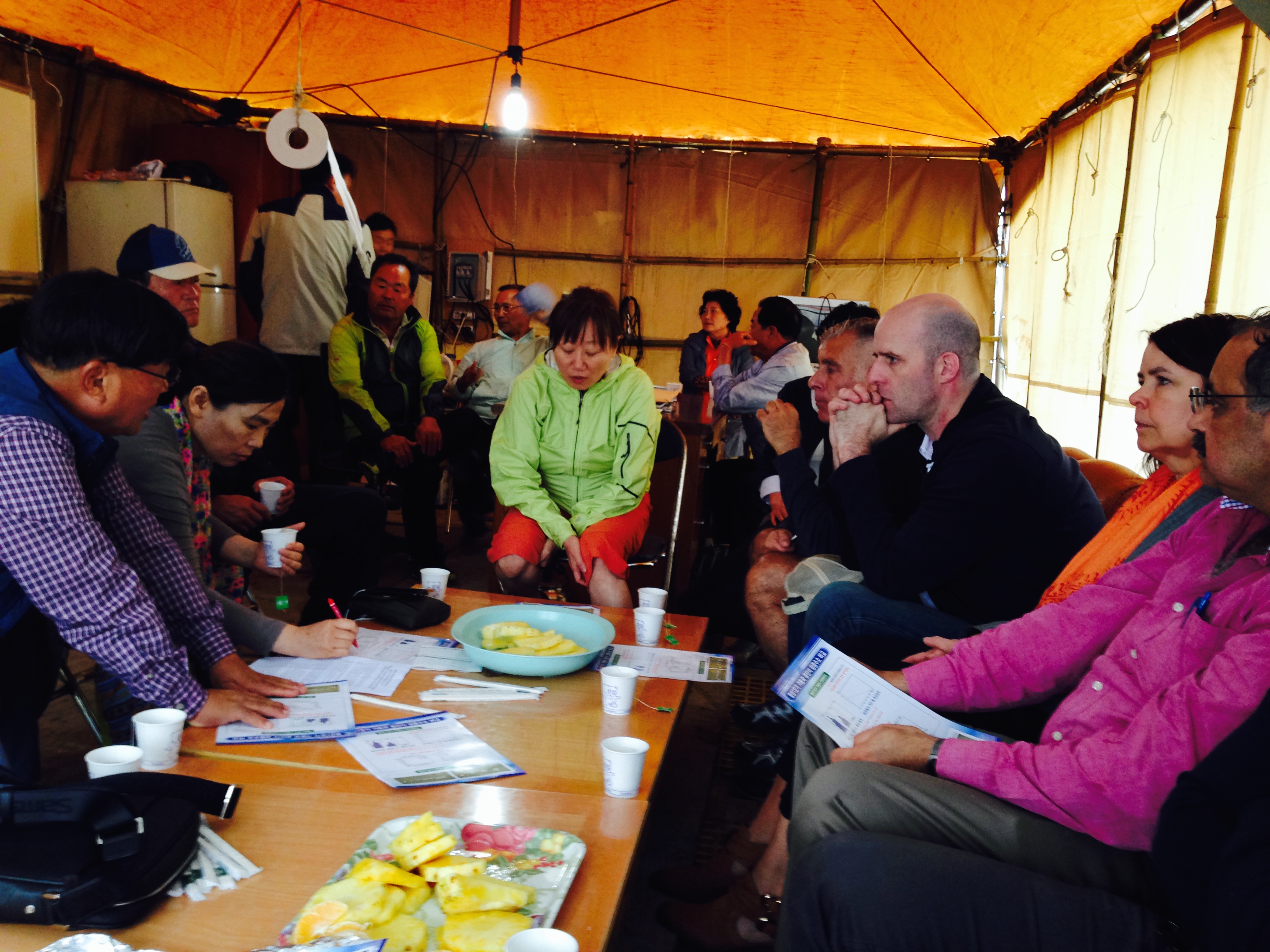The Bard-Yonsei Workshop gave me an opportunity to make my first trip to East Asia. The itinerary was very planned and included a workshop at Yonsei University, followed by trips into Korea’s countryside on both its east and west coasts. While the workshop was outstanding, I felt that the three trips we made to country will have a significant impact on my classroom teaching.

The field of environmental economics has developed three broad perspectives on why externalities exist. Each of these traces the cause of externalities to a specific source and, consequently, each perspective develops its own version of how to resolve, or deal with, the externality. The Pigovian argument views externalities as the outcome of incomplete pricing of products by the market, and postulates full-cost pricing (sometimes known as “true cost” pricing), ostensibly engendered by state action as its antidote. Coase takes a deeper view and argues that it is the incomplete assignment and definition of property rights that causes externalities, and it is only through a full assignment of such rights that disputes arising from externalities can be prevented or resolved. Boyce rejects each of these ideas and argues that externalities are a product of asymmetric power relations that result from unequal wealth and power in a capitalist society.
While I have been teaching each of these perspectives in the classroom, much of the emphasis in the classroom has been on the Pigovian and the Coasian ideas since they dominate the formal literature. This has meant that I have actually ended up spending a significant number of lectures in the first semester on these viewpoints, relegating the Boycian story to the second semester of my two-semester course, bringing it up only in the context of the discussion on the nature of the relationship between economic growth and environmental pollution, formally known as the Environmental Kuznets’ Curve.
However, the cases we were introduced to during our trip demonstrated the power of the Boyce’s argument. In each of the cases, small and relatively powerless communities were pitted against powerful energy companies that had very strong alliances with the government officials and access to the corridors of power. In one case, a small community of fishermen and women were pitted against a utility that is threatening the oyster fishery through its development of tidal energy. In the other two cases, companies owning a coal power plant and a nuclear power plant are threatening the health and the very existence of neighboring communities. In each of these stories, the communities are, to varying degrees of success, trying to fight back and demand a modicum of justice.
As I listened to various members of these disparate communities, it became clear that, at least in these cases, the Pigovian and the Coasian perspectives were unable to capture the full depth of these stories, and that even a radical shift in the power structure would only begin to address the underlying root of the problem. The Boycian framework seems far more applicable to these cases, and this exposure has prompted me to remap the relative emphasis that I plan to give to it in future.

